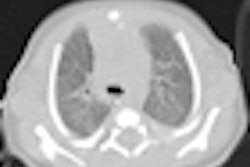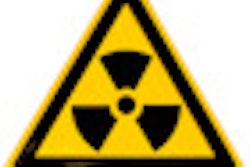Dear AuntMinnieEurope Member,
Diagnostic reference levels are becoming an increasingly effective tool in the global campaign to manage dose in CT. Used correctly, they can give greater control and understanding of the potential for dose reduction.
Researchers from Melbourne, Australia, have made rapid progress in this area. They've studied pediatric CT brain, chest, and abdomen/pelvis examinations in 220 children. To read about their experiences, go to our CT Digital Community, or click here.
Infertility affects about 15% of couples. To assess the problem in women, physicians use hysterosalpingography to examine uterine wall irregularities, intrauterine adhesions, and congenital abnormalities. Swiss radiologists are among the world leaders in this field, and to learn more, visit our Women's Imaging Digital Community, or click here.
To increase compliance rates in cancer screening programs, greater thought must go into patient information, and a more realistic description of the risks and benefits needs to be given, according to a British Medical Journal article. Get the story here.
FDG-PET/CT can detect nonregional nodal and occult metastatic disease in esophageal cancer, and it should be used in all cases for staging carcinoma, researchers noted at the 2012 meeting of the European Society of Gastrointestinal and Abdominal Radiology. Understanding the revised edition of the tumor-node-metastasis staging system is important here. Visit the Molecular Imaging Digital Community or click here.
Flat colorectal lesions are difficult to visualize on CT colonography, but a group from Japan did quite well finding them after patients underwent bowel cleansing and automated insufflation before CT scanning, reports a study in the Scandinavian journal Acta Radiologica. Click here for our report.
Demand for medical physicists seems to be rising across Europe, but to attract bright new recruits into the profession, it's crucial to promote medical physics as a career. Giulia Thompson, PhD, head of the U.K. R&D physics team at Elekta, explains why she chose to work in medical physics. To read her story, click here.




















